Metatarsalgia and Physiotherapy treatment
What is a Metatarsalgia?
- Metatarsalgia is a condition in which the ball of the foot becomes painful and inflamed. activities that involve running and jumping cause it. There are other causes as well, including foot deformities and shoes that are too tight or too loose.
- Overuse injuries from running and jumping activities are a prevalent cause of metatarsalgia. In addition, improperly fitting shoes, deformities of the foot, arthritis, and other illnesses may be the cause.
Causes of Metatarsalgia
- Sometimes a single factor can lead to metatarsalgia. More often, several factors are involved, including:
- Intense training or activity-distance runners are at risk of metatarsalgia, primarily because the front of the foot absorbs significant force when a person runs.
- But anyone who participates in a high-impact sport is at risk, especially if your shoes fit poorly or are worn.
- Certain foot shapes-A high arch can put extra pressure on the metatarsals. So can having a second toe that’s longer than the big toe, which causes more weight than normal to be shifted to the second metatarsal head.
- Foot deformities-Wearing too-small shoes or high heels can cause your foot to be misshapen. A downward-curling toe (hammertoe) and swollen, painful bumps at the base of your big toes (bunions) can cause metatarsalgia.
- Excess weight-most of body weight transfers to the forefoot when moving, extra pounds mean more pressure on the metatarsals. Losing weight might reduce or eliminate symptoms.
- Poorly fitting shoes. High heels, which transfer extra weight to the front of your foot, are a common cause of metatarsalgia in women. Shoes with a narrow toe box or athletic shoes that lack support and padding also can contribute to the problem.
- Stress fractures. Small breaks in the metatarsals or toe bones can be painful and change the way you put weight on your foot.
- Morton’s neuroma. This noncancerous growth of fibrous tissue around a nerve usually occurs between the third and fourth metatarsal heads. It causes symptoms that are similar to metatarsalgia and can also contribute to metatarsal stress.
Symptoms of Metatarsalgia
Symptoms of metatarsalgia can include:
- Sharp, aching or burning pain in the ball of foot — the part of the sole just behind toes
- Pain that worsens while stand, run, flex feet or walk — especially barefoot on a hard surface — and improves while rest
- Sharp or shooting pain, numbness, or tingling in toes
- A feeling of having a pebble in shoe
- may impair your ability of walk
- restrict your participation in daily activities.
Risk factors
Metatarsalgia can affect almost everyone, although the following factors increase your risk:
- Engage in high-impact sports that require jumping and sprinting.
- Put on high heels, ill-fitting shoes, or spiked footwear, such as cleats.
- Obese or overweight
- possess other foot issues, such as calluses on the soles of your feet and hammertoe
- possess an inflammatory form of arthritis, such as gout or rheumatoid arthritis
Diagnosis of Metatarsalgia
- Various foot problems can cause symptoms similar to those of metatarsalgia. To help pinpoint the source of your pain, your doctor will examine your foot while you stand and while you sit and ask about your lifestyle and activity level. You might need an X-ray to identify or rule out a stress fracture or other foot problems.
Treatment of Metatarsalgia
- Conservative measures — such as resting, changing shoes or using a metatarsal pad — might be all you need to relieve signs and symptoms.
- In rare cases, when conservative measures don’t relieve your pain and your metatarsalgia is complicated by foot conditions such as hammertoe, surgery to realign the metatarsal bones might be an option.
Physiotherapy Management of Metatarsalgia
physiotherapy for pain relief
- TENS: transcutaneous electrical nerve stimulation is an electrical modality that provides pain relief by providing pain modulation.TENS closes the gate mechanism at the anterior grey horn in the spinal cord. also stimulates endogenous opioid system which prevents the release of substance p at the anterior grey horn
- Ultra Sound: ultrasound is a therapeutic modality that generates ultrasound causes deep heat, provides micro-massage to soft tissue, increases flexibility, promotes healing of tissue as well, and improves localized blood supply to the area. and ultimately pain relief.
- HOT PACKS: Hot packs are packs that are immersed in the apparatus called hydrocollateral. they provide superficial moist heat. it relieves the muscle spasm, increasing blood circulation, and thus relieves the pain
- CONTRAST BATH: contrast bath work works on the principle of the combined effect of heat and cold the part alternatively immersed in the hot and cold temperature of hot water ranges from 36cto45c and cold water from 15c -20c.
- treatment begins with hot water and should end with cold water. treatment time varies between 15 to 30 minutes, with immersion in hot water around 3 minutes and in cold water around 1 minute.
- it relieves the pain.
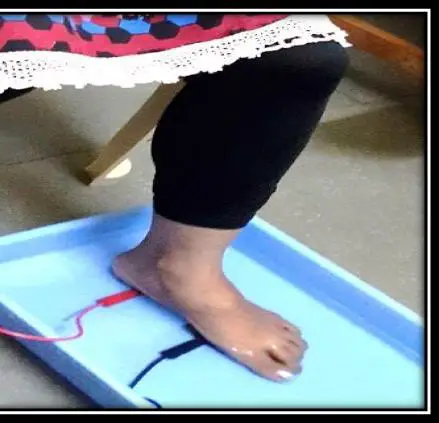
- If there is swelling then the ice pack in elevation will be beneficial.
- speedy ankle toes exercise reduces swelling and improves circulation under pressure with a leg in elevation
- faradic foot bath with voluntary intrinsic exercise: low-frequency current used to re-educate lumbricals, plantar interossei, abductor hallucis.
- appropriate shoe size
- metatarsal pad
- metatarsal bar
- shoe wedge
- Gait training
Complications
If left untreated, metatarsalgia can cause pain in the other foot or in the same foot as well as pain in other regions of the body like the hips or low back from the changed stride caused by the foot pain.
Self-Care
Try these strategies to see if they help relieve your metatarsalgia pain:
Rest. Avoid putting too much strain on your foot to prevent future injuries. When you’re done walking or standing, raise your foot. While you might have to give up your favorite activity for a while, low-impact activities like swimming or cycling can help you stay in shape.
Ice Pack on the impacted region. Several times a day, apply cold packs to the afflicted area for up to 20 minutes at a time. Use a small cloth to wrap the ice packs over your skin to protect it.
Utilize an over-the-counter analgesic. To relieve pain and inflammation, try aspirin, naproxen sodium (Aleve), or ibuprofen (Advil, Motrin IB, and other brands).
Wear appropriate shoes. Keep your shoe size in check and use high heels seldom. Wear footwear suitable for the sports you participate in.
Utilize metatarsal pads. To assist in relieving pressure from the sore spot, these ready-made pads are positioned in your shoes slightly ahead of the metatarsal bone.
Think about arch supports. Your doctor may suggest arch supports if insoles are ineffective in reducing metatarsal bone stress and enhancing foot function. Arch supports are available for purchase over the counter or can be made to order.
How to Prevent Metatarsalgia?
Although there are certain things you can do to prevent metatarsalgia, not all cases of it can be avoided. One possible way to avoid metatarsalgia is to:
- Selecting footwear with a lower heel, a wide toe box, and sturdy soles.
- Put in your shoes with cozy insoles.
- Avoid going barefoot.
- Calluses may be removed from your feet by soaking them and using a pumice stone. Pressure can be released by scraping off these calluses.
- keeping yourself at a healthy weight.
Prognosis
Your foot may be extremely painful and inflamed if you have metatarsalgia. The discomfort might start off suddenly or gradually worsen. You can also have other symptoms.
Resting your foot should be your first priority. Avoid engaging in any sports or activities that you believe might have contributed to the discomfort. Try not to stand or walk too much for too long. Keep your footwear supportive. Avoid prolonged lengths of time spent walking in your sock feet.
You should be able to cure metatarsalgia on your own and get well with a few simple procedures. You should consult your doctor for additional assessment if the pain persists despite at-home therapy.
Conclusion
The pain and discomfort of metatarsalgia can be severe. It could make it harder for you to take pleasure in the activities you enjoy. It’s possible that you can’t even walk. Fortunately, there are easy at-home procedures you may do to cure the illness yourself most of the time. Speak with your healthcare physician if rest and fresh shoes aren’t enough. They are able to assess your symptoms and decide whether you require more involved medical care.
FAQ
How do you treat metatarsalgia?
Rest. Protect your foot from further injury
Ice the affected area.
Take pain reliever Medicine
Wear proper shoes.
Use metatarsal pads.
Consider arch supports.
How long does metatarsalgia last?
Metatarsalgia, or ball of the foot pain, usually takes 6 to 8 weeks to cure, and too much exercise too soon may cause the recovering bone and joint to deteriorate. Patients may experience severe frustration and a twofold increase in recovery time if they fail to comply.
What is the exercise for metatarsalgia?
Start from an upright standing stance, using the sturdy surface in front of you as support. As you are able, slowly lift your feet’s balls off the ground; then, return them to the floor and repeat. Throughout the workout, be careful to keep your heels on the ground and your balance.
What deficiency causes metatarsalgia?
In addition to nonspecific foot pain, those with vitamin D insufficiency may also have stress fractures of the ankle and metatarsals. Few foods naturally contain vitamin D, but it can be taken as a supplement.
Is walking bad for metatarsalgia?
Walking generally has no negative effects on metatarsalgia and may even be good for the health of your feet in general. However, to lessen the strain on the metatarsal heads, it’s critical to wear suitable footwear and practice correct walking mechanics. Seeking individualized guidance and treatment alternatives from a healthcare expert is recommended if you suffer from metatarsalgia or foot discomfort.
Does metatarsalgia go away?
Ball of the foot pain frequently goes better on its own without treatment after a few days. If it does, however, continue and get worse, it must be addressed right away. In cases when management and compliance are promptly followed, full recovery can occur in 6–8 weeks.
Is it OK to exercise with metatarsalgia?
Your ability to exercise will be influenced by your level of pain and physical fitness. You should restrict loading the feet by avoiding any high-impact workouts as a precaution. In addition, you should avoid applying pressure directly on the uncomfortable spot and make sure your shoes fit properly when performing the exercises.
Can I massage metatarsalgia?
One effective method of reducing metatarsalgia symptoms is massage. Metatarsalgia massage treatments improve local circulation in the foot, supplying nutrient- and oxygen-rich blood to the afflicted area. Additionally, this raises the quantity of white blood cells that aid in healing.
Can you fully recover from metatarsalgia?
The amount of time it takes to recover from metatarsalgia might vary, ranging from a few days to several weeks. The state of your foot generally, your weight, and your age are some factors that may affect how long it takes you to heal. As you resume your regular activities, your doctor will provide you with guidance.



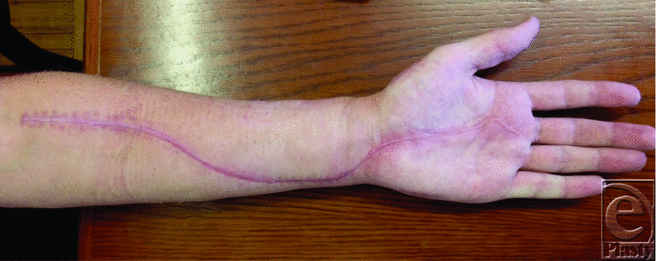
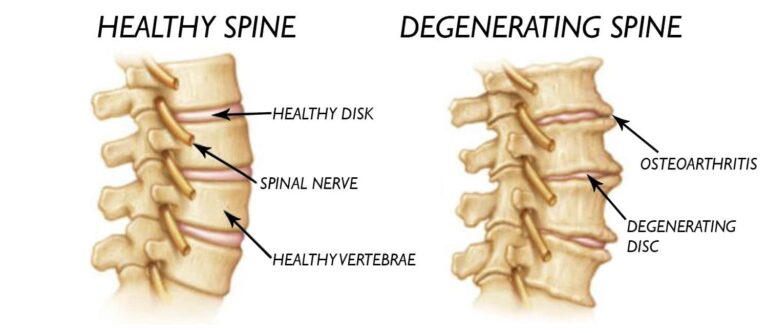
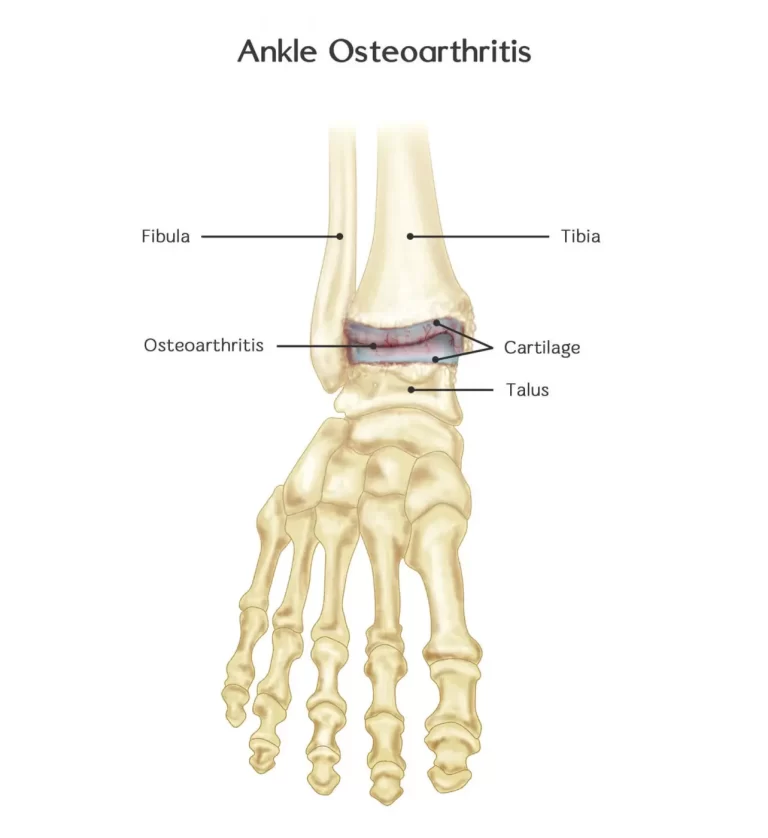
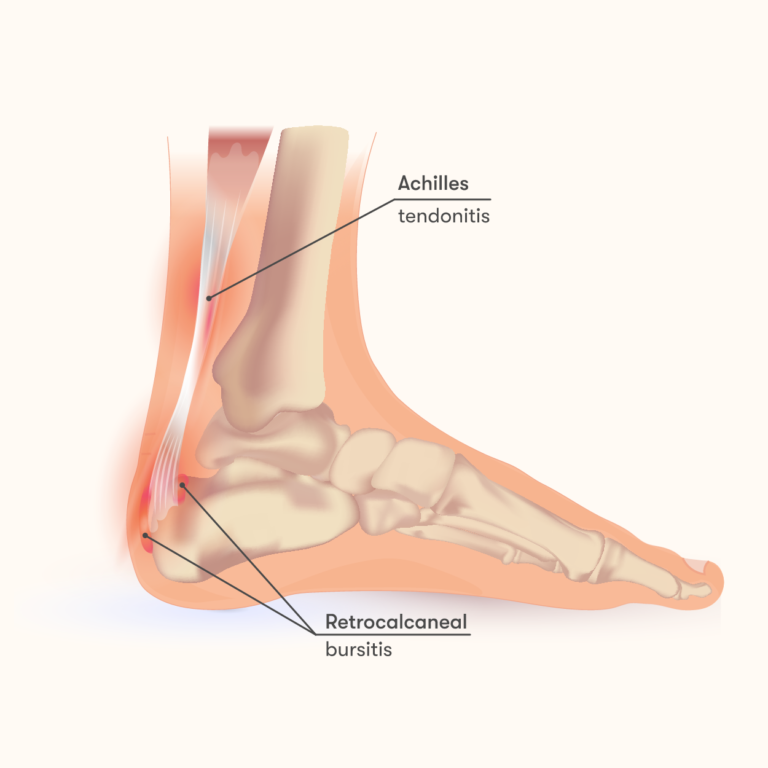
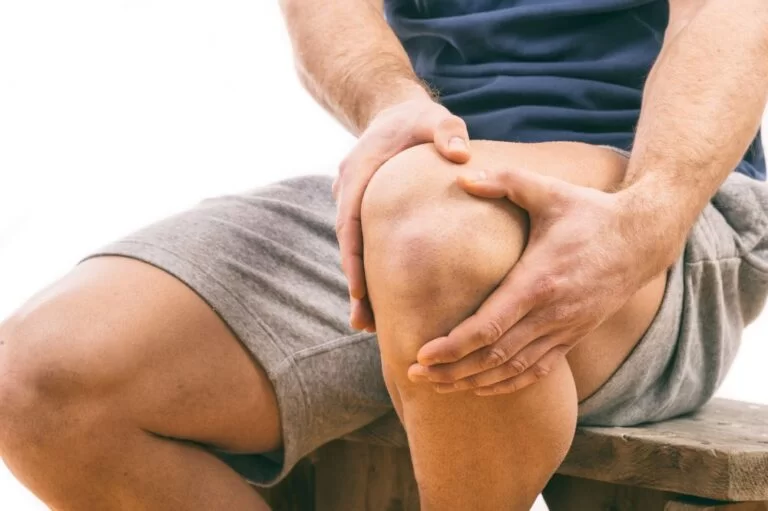
2 Comments